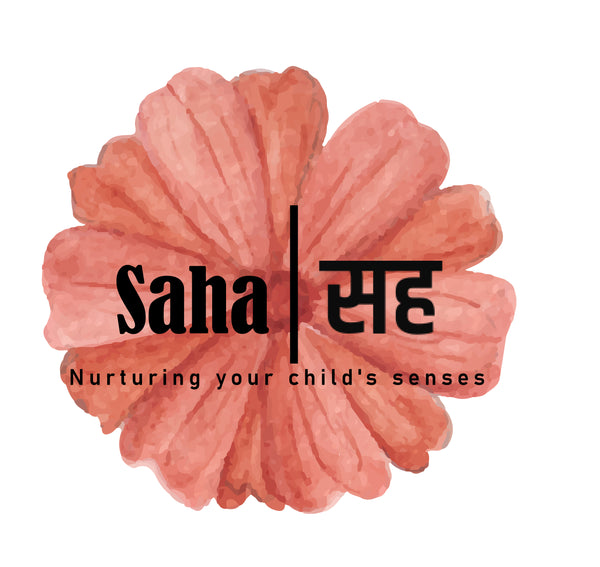
Unlocking the Power of Sensory Play: Nurturing Holistic Development in Children
Share
The role of sensory play is crucial in fostering a child's comprehensive development. This is a well-established fact, now. As the initial six to seven years constitute a period of sensory-driven learning and growth, it's imperative for parents, caregivers, and educators to prioritize creating ample opportunities for sensory exploration. Sensory play serves as a cornerstone during this formative phase, offering myriad benefits for children's cognitive, emotional, and physical development. Fortunately, with the abundance of online resources, innovative sensory play ideas are readily accessible, and the beauty lies in the fact that they don't necessitate exorbitant expenditures.
However, before diving headfirst into the world of sensory play, there are several fundamental principles to grasp and embrace wholeheartedly.
#1 Embracing Messiness
Cleanliness and sensory play do not go hand in hand. It can be challenging for adults to witness their children gleefully immersing themselves in messy activities, whether it involves squishing food or frolicking in mud. Yet, the essence of sensory play lies in unrestricted exploration, where cleanliness takes a back seat. Rather than striving for immaculate surroundings, the goal is to allow children to fulfill their unique sensory needs through uninhibited discovery. While some sensory activities may entail substantial cleanup, others offer relatively mess-free experiences. Embracing this messiness is essential for facilitating optimal sensory development.
#2 Beyond the Five Senses
Contrary to popular belief, sensory play encompasses more than just the traditional five senses. There exist additional sensory systems—often referred to as the "hidden senses"—such as the vestibular system, proprioception, and interoception. These lesser-known senses play pivotal roles in a child's overall sensory development. Simple actions like dancing together or engaging in floor play can stimulate the vestibular system, while activities like climbing contribute to proprioceptive development. By acknowledging and addressing these hidden senses, parents can enrich their child's sensory experiences and promote holistic growth.
#3 Navigating Risks
Engaging in sensory play can sometimes entail perceived risks, prompting parents to tread cautiously. While ensuring safety is paramount, it's equally vital to allow children to navigate risks within a controlled environment. This balance entails striking a delicate equilibrium between providing a safety net and granting children the freedom to explore their boundaries. Encounters with risk not only foster resilience but also empower children to develop confidence in their abilities. While it may be challenging for parents to watch their children venture into uncertain territory, supporting their journey is essential for nurturing their sensory development.
#4 Open-Ended Exploration
Unlike conventional toys that offer finite play experiences, sensory play thrives on open-ended exploration. Many commercially available toys are inherently closed-ended, dictating predetermined narratives and limiting imaginative exploration. In contrast, materials like natural fabrics afford endless possibilities for sensory discovery, encouraging children to engage their creativity and problem-solving skills. Embracing open-ended play fosters cognitive flexibility and nurtures a child's innate curiosity, laying the foundation for lifelong learning.
In essence, embracing sensory play entails embracing the mess, acknowledging the intricacies of sensory development, navigating the inherent risks, and fostering open-ended exploration. By embracing these principles, parents can cultivate enriching sensory experiences that lay the groundwork for their child's holistic development.
